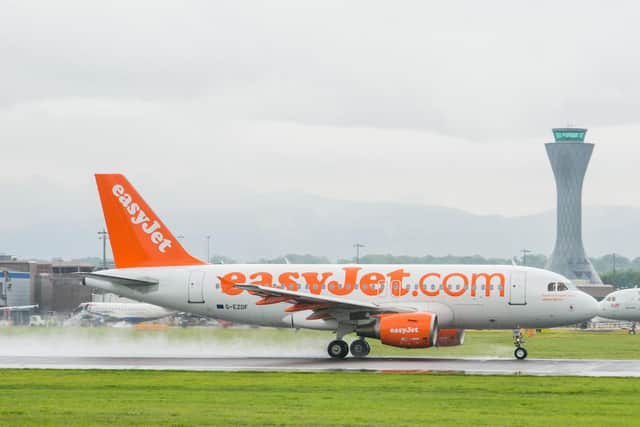EasyJet on course to slash annual losses as cash-strapped travellers 'focus on value'
The low-cost airline said it expects to deliver underlying pre-tax profits of between £470 million and £490m over its final quarter to September 30 as passenger numbers soared to 24 million and revenues leapt to around £2.5 billion from £1bn a year ago.
It signalled resilient demand despite the cost-of-living crisis, with its flight programme during October and Christmas weeks back to levels seen before the pandemic.
Advertisement
Hide AdAdvertisement
Hide AdThe group said it booked around £200m in disruption costs over the year after recent airport woes, up from £126m in 2020-21. But it is still on track to narrow its full-year headline losses to between £170m and £190m - down from £1.14bn in the previous year.


Chief executive Johan Lundgren claimed the airline benefits when consumers focus on getting value for money during financial turbulence.
He said: “When households are coming under pressure... they gravitate towards value. That is actually a good thing for us because we are primarily known for value for money.”
He added: “Despite the difficulties that households have, we know that holidays and travel are top of the list when people prioritise what they want to do with their disposable income.”
Sophie Lund-Yates, equity analyst at Hargreaves Lansdown, noted: “Crucially, demand seems to be holding up, especially for peak travel periods including Christmas and the long-awaited October half-term season. The outlook is a little murkier than is ideal, with near-term capacity predicted to hover at around 80 per cent of pre-pandemic levels.”
Comments
Want to join the conversation? Please or to comment on this article.